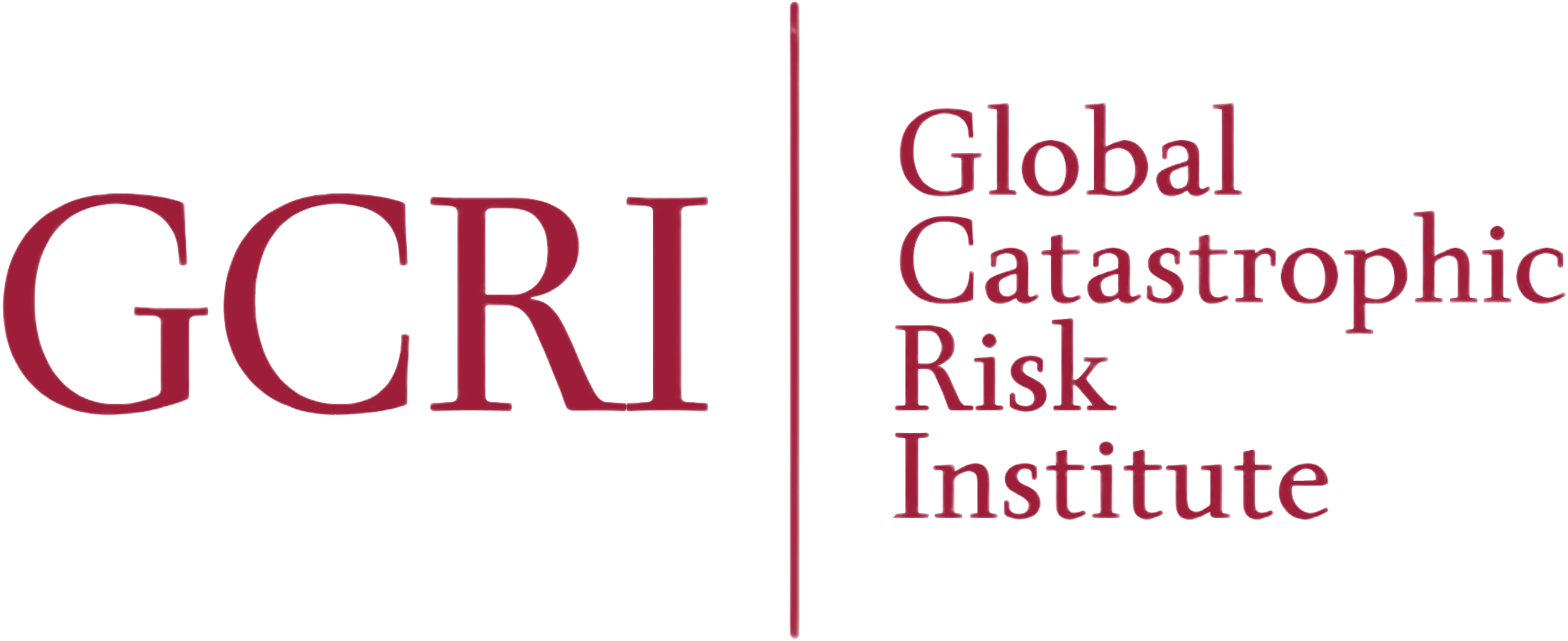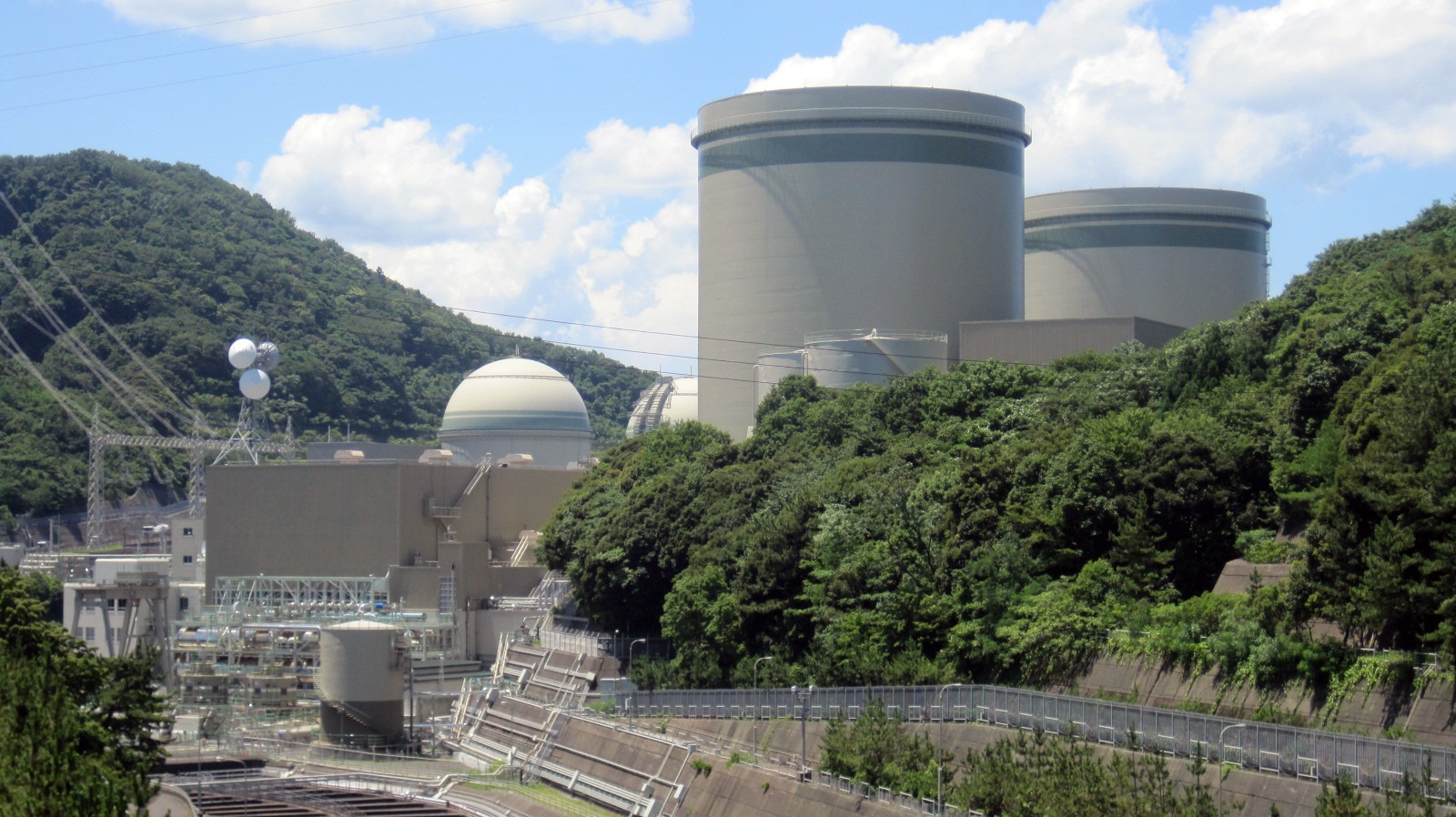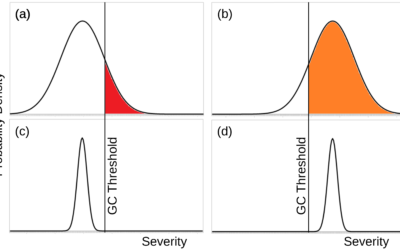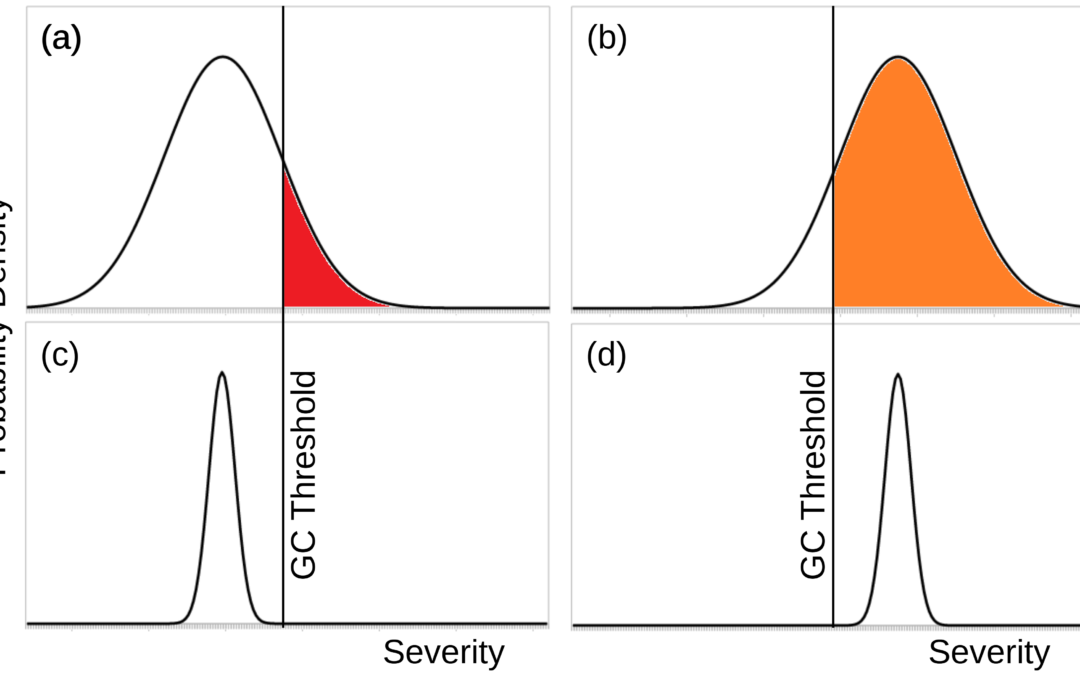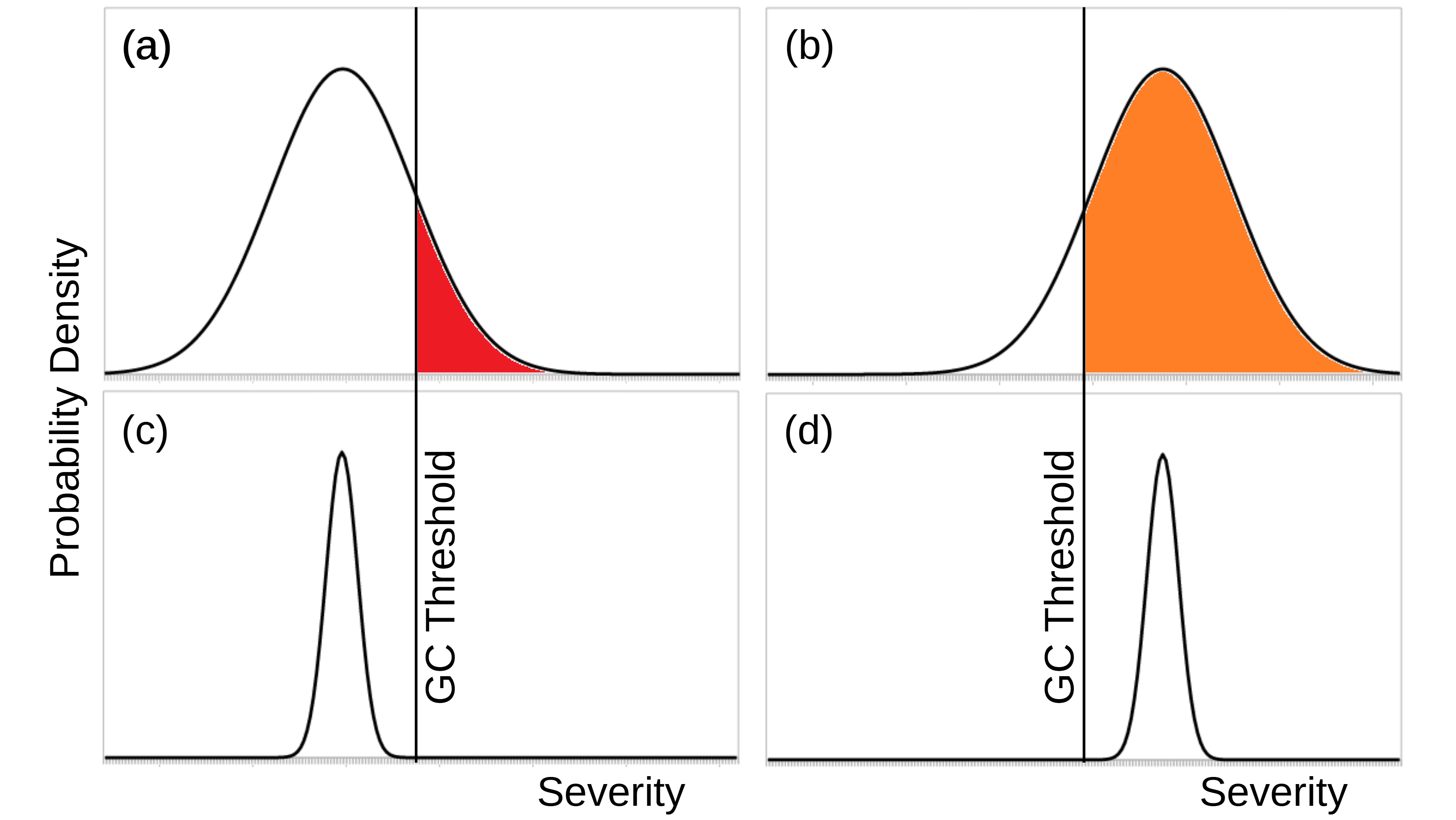View in the Bulletin of Atomic Scientists
This article discusses the benefits of nuclear power plants despite arguments that they could contribute to nuclear weapons.
The article begins as follows:
In August, a Japanese utility company restarted the Sendai nuclear power plant, sparking controversy and protests. Like the rest of the country’s nuclear power generators, Sendai was shut down following the 2011 Fukushima disaster, in which a powerful earthquake and tsunami caused three reactors to melt down. Sendai is the first and so far only nuclear plant to reopen, and with memory of the catastrophe still fresh, the public outcry is hardly surprising. Applications by other plants to relaunch are also facing legal challenges.
Restarting Japan’s nuclear power plants is, however, the right decision, provided they can pass strict new safety checks instituted since Fukushima. The reason is simple: While nuclear power comes with risks, the primary alternative comes with bigger ones.
Turning off nuclear power requires either turning on another power source, or using less electricity. Japan has done both. Its total energy consumption is down 10 percent since 2010 due to the nuclear phase-out, but use of natural gas, a source of greenhouse gas emissions, is up 19 percent, and use of coal, which is even more harmful to the environment, is up 2 percent. (The data is available here.) Japan is now building 45 new coal power plants, but if it turned its nuclear power plants back on (except of course for the damaged Fukushima facilities), it could cut coal consumption in half. And coal poses more health and climate change dangers than nuclear power.
The remainder of the article is available in the Bulletin of Atomic Scientists.
Image credit: Hirorinmasa
This blog post was published on 20 October 2015 as part of a website overhaul and backdated to reflect the time of the publication of the work referenced here.
